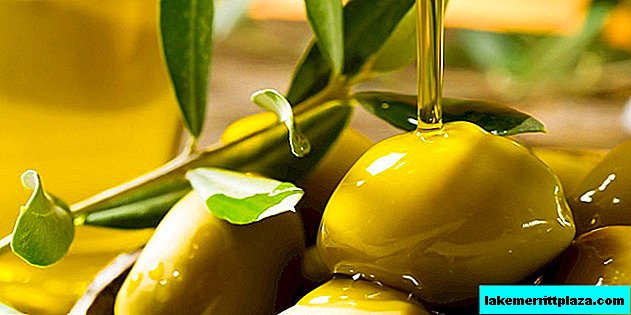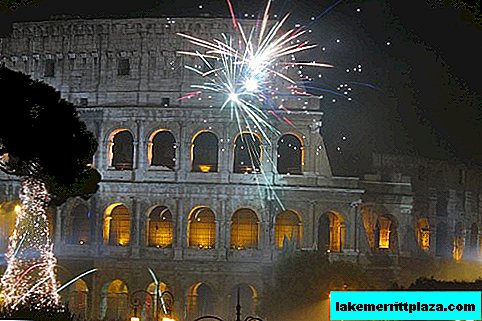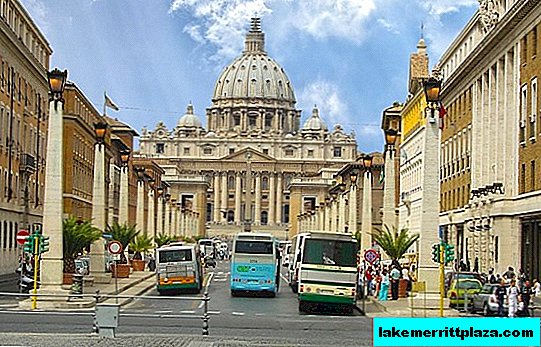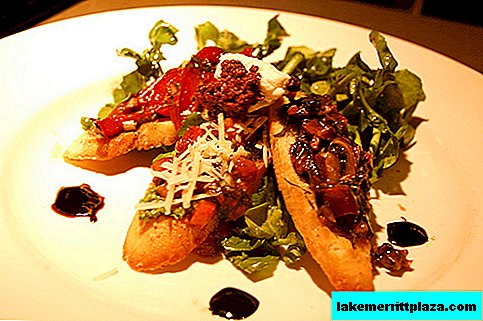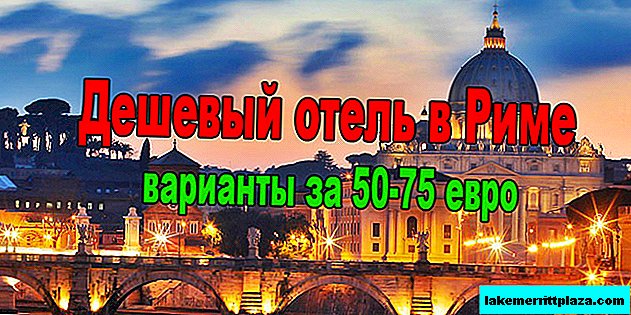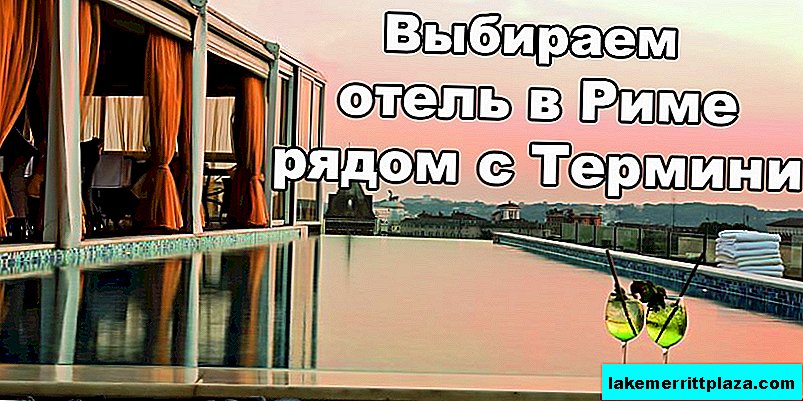The day after visiting the main Ferrari museum in Maranello, we went to the recently opened house museum of the founder of the company Enzo Ferrari in Modena.
On this trip to car museums, we were invited by an Italian friend, Eugenio Zanetti, and his wife, Natalia. Unlike the main museum, the exposition is updated every few months. At the exhibition you can see unique cars and exhibits, one way or another connected with the activities of the company.

Although I do not see sports cars in a dream, it’s the same as any boy who is not indifferent to beautiful cars. Moreover, my wife was very interested in plunging into the atmosphere of the history of motorsport.
House
First, all museum guests are invited to visit the house in which the great Enzo worked.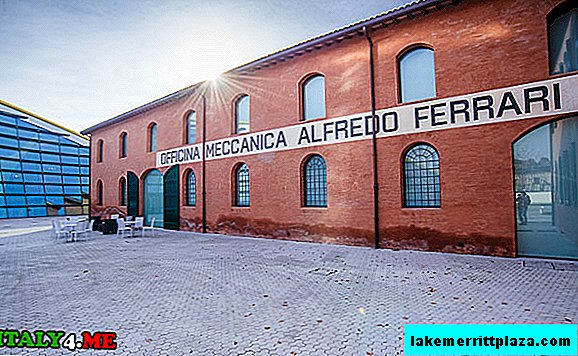
Inside, everything is done in a modern high-tech style. However, Enzo’s office itself remained unchanged. With the help of an audio guide (it is included in the ticket price), you walk past interactive screens and stands where the whole history of the formation of the company is presented.

1932 Ferrari and enthusiastic newspaper publications of the time.
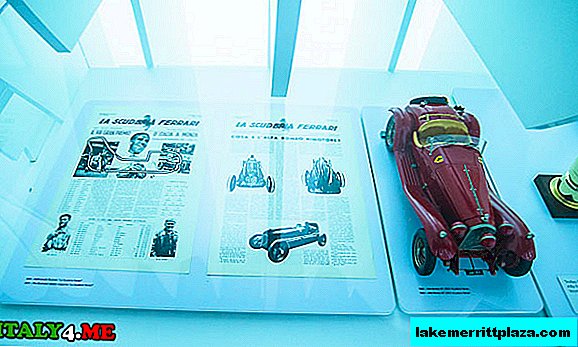
Sun visors with signatures of motorsport legends.

The steering wheels of Ferrari sports cars costing a small runabout.
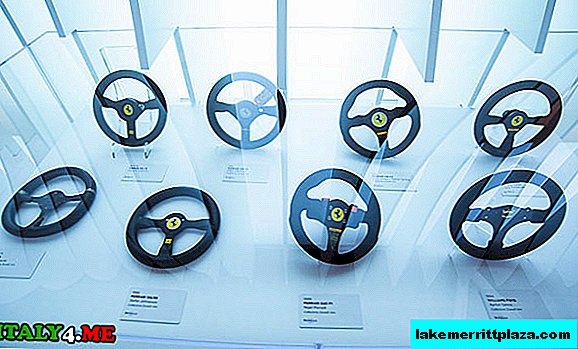
This stand shows how the badges with the Ferrari brand horse have changed over the years.
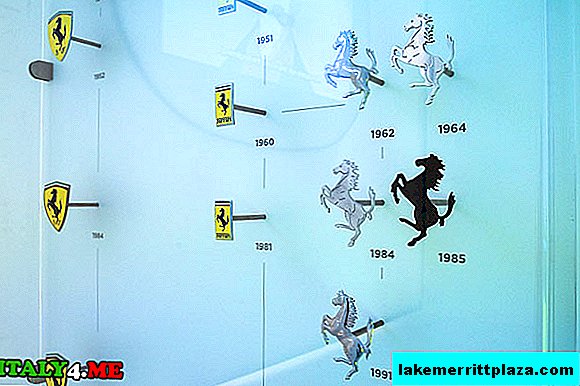
In 1963 Enzo Ferrari turned the logic of the market, rejecting the offer to buy a company made Henry Ford II - A dramatic upheaval of events corresponding to the title of superstar.
There was one thing but because of which Enzo did not want to make any compromises - he agreed that Ford would take care of the cars produced, and he wanted to engage in the sports side of business. Americans confident in their superiority over Enzo, did not give him the right to choose and tried to sign the contract as quickly as possible. However, due to irreconcilable differences, it was never signed, fortunately for us, so it’s hard to imagine what the most famous sports cars in the world would look like under the leadership of Ford.
And here is the office of the chief designer, preserved intact to this day.

Collectible watches produced under the Ferrari logo by different brands. Now such a watch costs as one Ferrari, and maybe as two. Would you choose to drive fast or know the exact time?

This is only a small part of the cups won by the company in the second half of the 20th century.
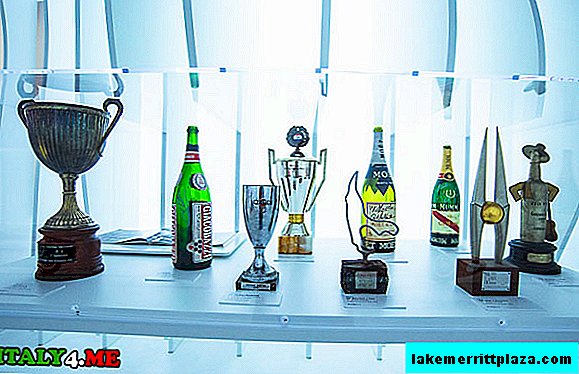
Cars
Having finished with the cognitive-historical part, we moved to the modern part of the museum. As mentioned above, there are collections of cars that are somehow related to the Ferrari brand and the history of motorsport.

The oval interior of the complex, in my opinion, blends perfectly with the curved shapes of the exhibits.
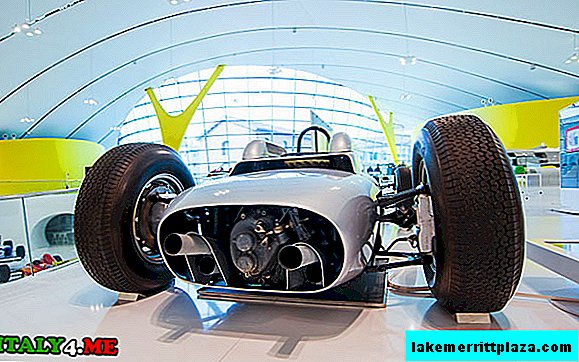
As for me, the designers of the last century had much more courage. Cars for one driver, but what forms!

By the helmets of the great racers, you can track how this attribute has changed with the development of motorsport.
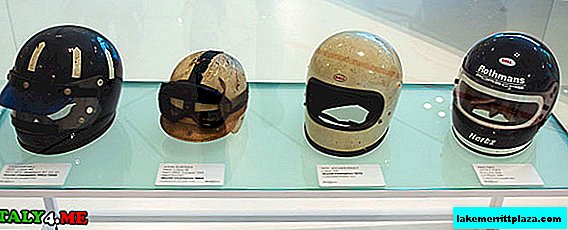
The helmet of Nicky Lauda, three-time world champion (1975, 1977, 1984), in which he participated in the 1985 Grand Prix for the McLaren team.
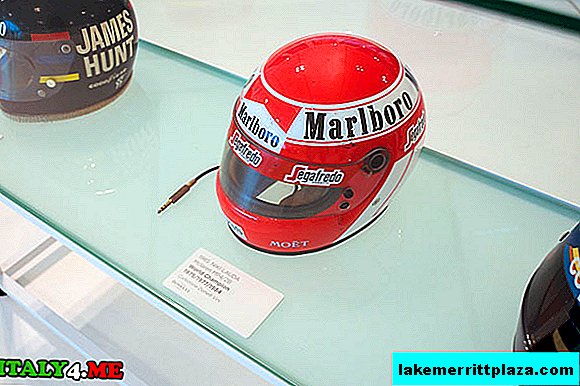
The helmet of the great Ayrton Senna, the idol of my childhood. Senna, three-time world champion 1988,1990 and 1991, died tragically in 1994 in an accident at the San Marino Grand Prix in Imola.
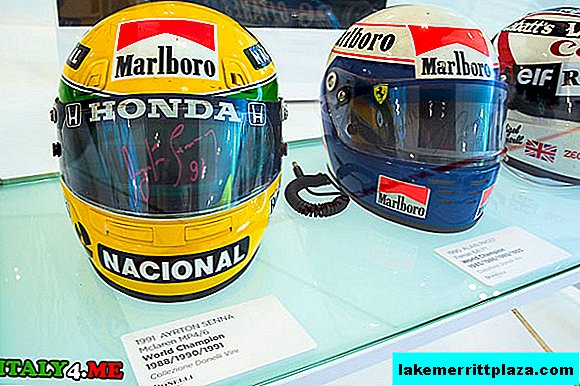
In parallel, until March 4, 2014, there is an exhibition of contemporary art “Icons of Pop Art” (ICONS OF POP ART), which presents the works of such famous artists as Andy Warhol, Roy Lichtenstein, Romero Britto, Steve Kaufman, Burton Morris, Russel Young .
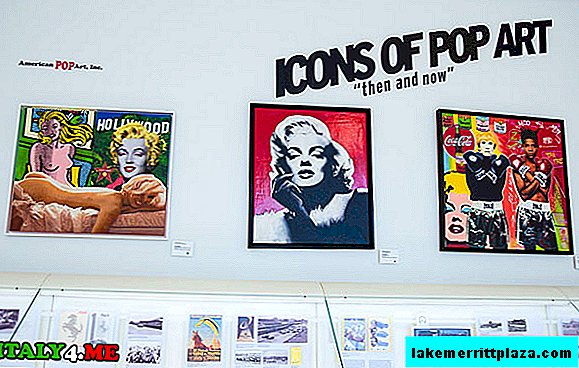
Each painting and car has a detailed description with a small history in Italian and English. Unfortunately, there is no audio guide in Russian yet, so if you do not speak a foreign language without a Russian guide, visiting the museum will not be so interesting.
Natalya helped us in the translation and some facts were supplemented by the great patriot of Italy, Eugenio. We would like to tell you more about some exhibits of the exhibition.

Cooper BRM T86B
In the late 1950s, Cooper made a small Formula 1 revolution: in the championships of 1959 and 1960, sports cars with a new engine and Jack Brabham at the wheel twice became world champions. One of the reasons for the success of the Cooper team was the close and streamlined work of all members of this small enterprise.
Jack Brabham possessed great technical ability - in fact, he will subsequently participate in the Grand Prix races on cars of his own design.
He worked closely with the owner of the team John Cooper over fine-tuning the new design, especially in terms of suspension behavior, as a result of which it was easily adapted to any tracks and weather conditions. Cooper cars have always had a reputation for being easy to drive. Without a large plant that could distract their attention, a small company in Serbiton, South London, could concentrate on Formula 1 and the constant development of cars. These were golden years for Cooper.
The 1968 Cooper BRM presented below with a 375 horsepower V12 is the company's latest auto racing company.

The lack of success and, consequently, the lack of demand from customers led the company to great financial difficulties. Having decided to focus on the production of civilian cars, Cooper abandoned Formula 1 in 1969, selling the entire racing business, in fact, representing a great technical heritage, which is still successfully used in the world of car racing.
Maserati 250f
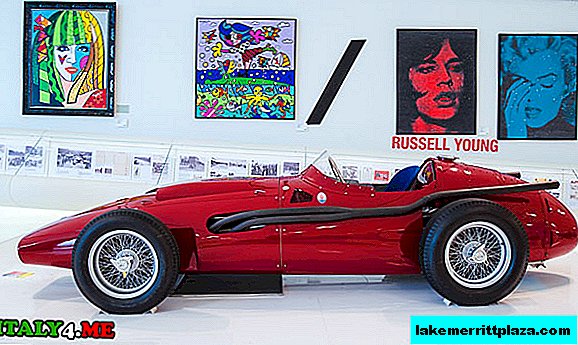
Specially for participation in the 1957 World Championship, Maserati signed an agreement with three outstanding racers: Jean Marie Behra, Harry Schell and Carlos Menditeguy, and prepared three brand new Maserati 250F cars. The debut of this model was a triumph: the team won all three prizes at the 1957 Grand Prix in Argentina. In the same year, the next model was released Maserati 250F T2.
Its developer Giulio Alfieri worked on it for about two years, and for the first time the famous driver tested it Juan Manuel Fangio on highway in Modena.
This model was truly the development of the future with its new V12 engine and a power of 310 hp, however, problems with the carburetor were revealed on the first test. Fangio did not participate in the Grand Prix race in Syracuse, just as Jean Marie Bera was unable to take part in the Italian Grand Prix. The refusal of the team to participate in these competitions did not allow the engineers to continue work on the Maserati 250F T2.
Cooper Maserati T81

In 1966, in its desire to achieve success in Formula 1, Maserati signed a contract with the famous British engine manufacturer Cooper. The new model Cooper Maserati T81 went to the Swiss racing team Scuderia Filipinetti, but in the very first race at the Grand Prix in Syracuse in 1966, the team ran into technical problems.
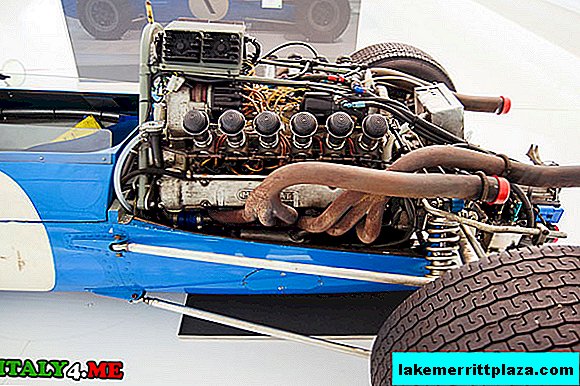
Guy Ligier, a French race car driver who played for Scuderia Filipinetti, could not even qualify. After an unsuccessful race, all the cars were re-equipped with a reinforced front suspension, which was supposed to solve the problem, and the team was waiting for success at the Mexican Grand Prix.
Ferrari 312 T4
In 1979, Ferrari launched the new 312 T4, which debuted during the South African Grand Prix at Kyalami Circuit. This race ended in a double victory for the team thanks to Joseph Gilles Henri Villeneuve, Canadian racing driver and favorite Enzo Ferrari, and his teammate Jody David Scheckter.
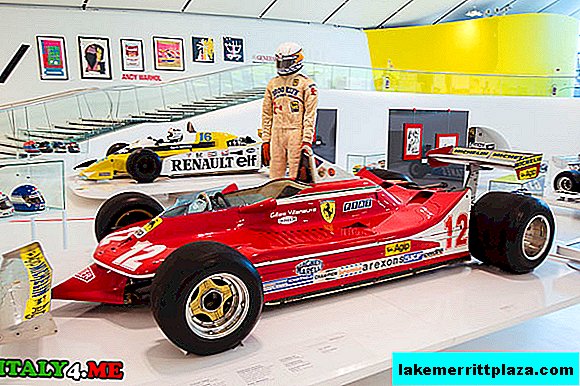
Villeneuve crossed the finish line right in front of Shekter and became Ferrari's main hope, reinforcing this hope with another successful Long Beach race.).
However, in the next races in Belgium and Monte Carlo, luck was with Jody David Scheckter. The French Grand Prix on the Dijon-Prenois circuit became part of the history of Formula 1 thanks to the exciting episodes of the struggle between Villeneuve on a Ferrari and René Arnoux driving a Renault.
The tough confrontation began at lap 45, where Villeneuve clashed with Jean-Pierre Jabouille. Unfortunately for the Ferrari team, the French rider won the battle for the first place, and Renault won the race. But all the attention of the audience was riveted to the resistance of Villeneuve and Arn, the winner of which came Villeneuve. At the finish, he was ahead of the opponent by only 0.24 seconds and took second place. But in the rest of the races, Jody turned out to be more stable than Villeneuve, as a result Scheckter became the champion, and Villeneuve became the vice champion.
And it so happened that Jody Scheckter was the last pilot of the teamwhom Enzo Ferrari personally congratulated on the league title.
Minardi ps04b
Minardi PS04B was created by the Minardi team to participate in the 2004 World Formula 1 Championship. For the first time in two years the team managed to earn a team point thanks to Zsolt Baumgartner, who took eighth place in the race at the US Grand Prix.
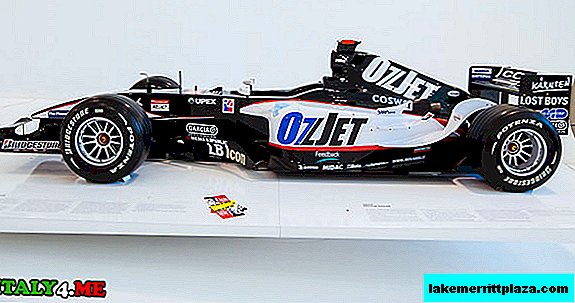
At first glance, this car is practically no different from its predecessor 2003 PS03, but upon closer inspection you will find many improvements in it, especially in the field of aerodynamics.
A team of technicians and developers also paid special attention to the car’s electronics, and together with their partner in this field Magneti Marelli improved the system of the on-board computer and the control of the engine, transmission and clutch. Thanks to all its improvements, this car showed good results in 2004, and also took part in several races of the 2005 championship, and now occupies an honorable place in the Ferrari Museum.
Ferrari F1-89

The Ferrari F1-89 was the long-awaited project of John Bernard, an English designer of racing cars, made a real revolution in mechanical engineering, using seven-speed gearbox with electro-hydraulic shift system.
Subsequently, this innovation was tested by each team that took part in Formula 1. In the meantime, the Ferrari F1-89 was called upon to save the Ferrari team, which did not take prizes for several years.
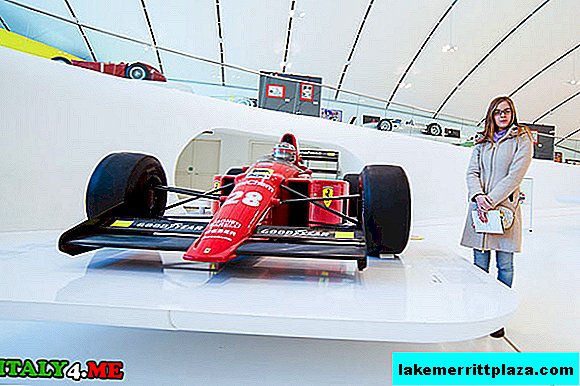
Team members were cautious about the designer's innovation and did not count on success.
But all of a sudden, Nigel Ernest James Mansell took first place at the Grand Prix in Brazil.
However, at the next race in Imola, where the San Marino Grand Prix is held, the McLaren team was again ahead of Ferrari, just like a year ago, but at the next stage of the championship in Monza, Alain Marie Pascal Prost), the famous French racing driver, moves from McLaren to Ferrari and wins the race. The Ferrari team also won the Hungarian and Portuguese Grand Prix.
Mercedes W196
In 1954, Mercedes surprises everyone with its new streamlined body model W169 Only a few years later in 1959, the International Sports Committee decided to ban this body model.
After a fifteen-year lull, the German team returned full of enthusiasm and new strength, deciding to immediately invite for performance at the races Juan Manuel Fangio (Juan Manuel Fangio) as the main driver, along with Karl Kling (Karl Kling) and Hermann Lang (Hermann Lang). The Mercedes team returned to motor sport, entering the Reims-Gueux ring circuit as part of the French Grand Prix. This track was perfect for the new W196 with its long straight stretches.
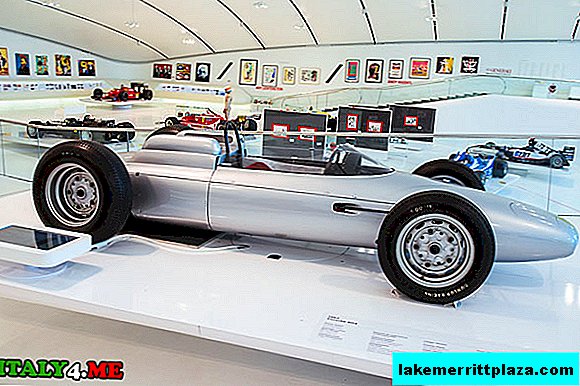
The choice of the German team was unmistakable: Mercedes took first and second place with Fangio and Kling, respectively. But for the Italian teams, the French Grand Prix was the first failure after thirty wins by Alfa Romeo, Maserati and Ferrari.
On the home track, silver German cars were successful, led by Fangio, who, with his fast ride, kept Ferrari at a great distance from himself.
At the final stage of the Swiss Grand Prix, Fangio again had an advantage over his main rival Jose Froilan Gonzalez (Jose Froilan Gonzalez) in more than one minute. The last race of the championship was held in Spain, where the Mercedes team took third place. However, this did not stop Juan Manuel Fangio from becoming a world champion.
Tecno goral e731
Founded in 1962 by the Pederzani brothers, Tecno quickly grew from being a go-kart car manufacturer to Formula 2 racing cars. In 1972, they first reached the level of Formula 1 with their new V12 engine.

However, this test was much more complicated than they expected, and none of the Tecno riders achieved significant results. The next season, the new Tecno Goral E731 was introduced, and experienced New Zealand rider Christopher Arthur Amon joined the team, but due to disagreements with sponsors, Tecno was unable to continue its development in the field of engines for Formula 1, and Tecno Goral E731 participated in only four races.
Opening hours, ticket prices
- The Enzo Ferrari House Museum is open from 9.30 to 18.00 (October to April) and from 9.30 to 19.00 (May to September) all year round except December 24, 25 and January 1.
- Admission fee for an adult 15 euro, children from 6 to 18 years old with parents 5 euros, children under 5 years old - free of charge. When visiting the 2 museums of Ferrari discount is provided: 26 euros for 2 tickets, instead of 30. When visiting the first museum, we did not pay attention to this, but since we had tickets with us, we were given a discount. Keep your tickets.
How to get there
The Museum is located in Modena at Museo Casa Enzo Ferrari, Via Paolo Ferrari, 85.41121 Modena.
View Enzo Ferrari House Museum in Modena in a larger map
From Modena Centrale Train Station (less than 1 km)
- By bus: lines 1, 3, 9. Get off at the second stop Caduti on Guerra; cross the road and go straight to the end of Muzzioli street, turn right and then left onto Soli street.
- On foot: after leaving the train station, turn left and go straight along Crispi until you reach the intersection. After crossing the road, turn left onto Mazzoni and go to the junction with Paolo Ferrari. Or go straight to Natale Bruni Square. At the first crossroads, turn left onto Malagoli Street, continue along it until you see Paolo Ferrari Street on your right.
From Modena Bus Station (about 2 km)
- By bus: lines 1, 9, 760. Get off the bus at the first Caduti bus stop on Guerra street, cross the road to Piave Natale Bruni, go along it, then turn left onto Mazzoni, go along it, while on the right side you will not see Paolo Ferrari street.
- On foot: exit the bus station and turn right onto Monte Kosica (towards the train station). Go straight about 1 km until you reach the second roundabout. Cross it and drive along Piave Street. Turn left onto Mazzoni, on the right, look for Paolo Ferrari
From the Modena Nord exit on a toll motorway (less than 10 km)
Follow directions to the city center towards the ring road tangenziale. Look for entry number 6 in the direction of Quartiere Crocetta. At the second traffic light, turn left into Ciro Menotti. After the overpass, turn right onto Paolo Ferrari.
From Bologna Airport (45 km)
The nearest airport is Bologna (BLQ). From the airport, you can catch a bus that takes you directly to the Modena train station, or a city bus that connects the airport with the train station. It takes 15-25 minutes by train from Bologna to Modena.
We recommend to study: How to buy a train ticket in Italy on your own
- Official website of the museum: www.museocasaenzoferrari.it
Editorial office thanks Natalia Miroshnikova and her husband Eugenio Zanetti for organizing our trips to the Emilia-Romagna region. If any of our readers are interested in the topic moto and agritourism we sincerely recommend Natalya (contacts are in the editorial office) as an expert and guide in Italy - this is a great alternative or complement to the usual rest by the sea.

